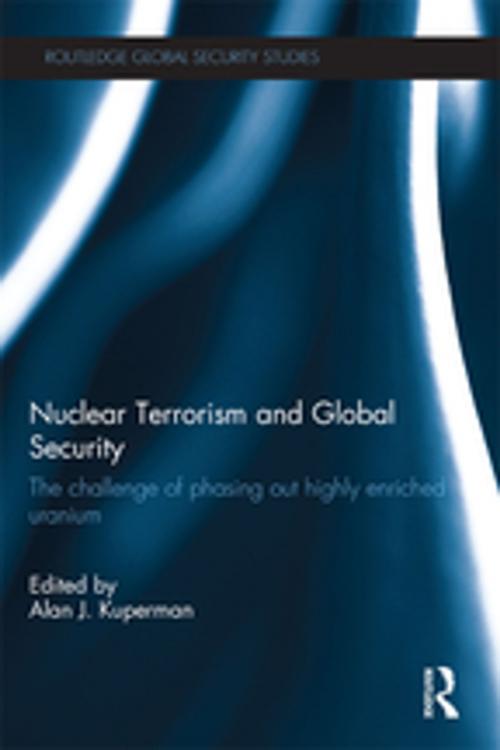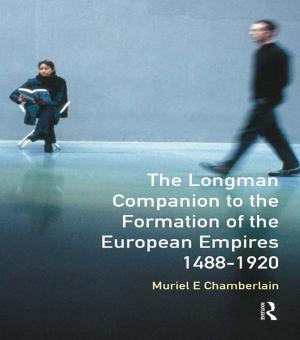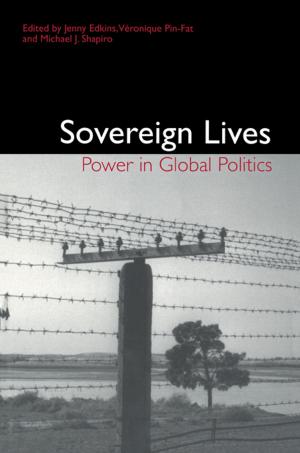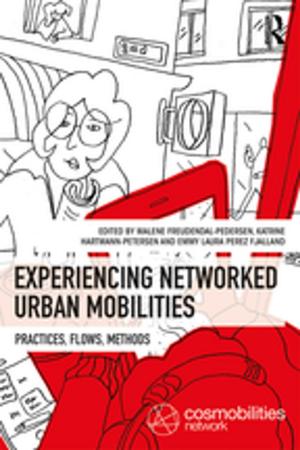Nuclear Terrorism and Global Security
The Challenge of Phasing out Highly Enriched Uranium
Nonfiction, Social & Cultural Studies, Political Science, International, International Relations| Author: | ISBN: | 9781135105853 | |
| Publisher: | Taylor and Francis | Publication: | April 17, 2013 |
| Imprint: | Routledge | Language: | English |
| Author: | |
| ISBN: | 9781135105853 |
| Publisher: | Taylor and Francis |
| Publication: | April 17, 2013 |
| Imprint: | Routledge |
| Language: | English |
This book examines the prospects and challenges of a global phase-out of highly enriched uranium—and the risks of this material otherwise being used by terrorists to make atom bombs.
Terrorist groups, such as Al Qaeda, have demonstrated repeatedly that they seek to acquire nuclear weapons. Unbeknownst even to many security specialists, tons of bomb-grade uranium are trafficked legally each year for ostensibly peaceful purposes. If terrorists obtained even a tiny fraction of this bomb-grade uranium they could potentially construct a nuclear weapon like the one dropped on Hiroshima that killed tens of thousands.
Nuclear experts and policymakers have long known of this danger but – so far – have taken only marginal steps to address it. This volume begins by highlighting the lessons of past successes where bomb-grade uranium commerce has been eliminated, such as from Argentina’s manufacture of medical isotopes. It then explores the major challenges that still lie ahead: for example, Russia’s continued use of highly enriched uranium (HEU) in dozens of nuclear facilities. Each of the book’s thirteen case studies offers advice for reducing HEU in a specific sector. These insights are then amalgamated into nine concrete policy recommendations for U.S. and world leaders to promote a global phase-out of bomb-grade uranium.
This book will be of much interest to students of nuclear proliferation, global governance, international relations and security studies.
This book examines the prospects and challenges of a global phase-out of highly enriched uranium—and the risks of this material otherwise being used by terrorists to make atom bombs.
Terrorist groups, such as Al Qaeda, have demonstrated repeatedly that they seek to acquire nuclear weapons. Unbeknownst even to many security specialists, tons of bomb-grade uranium are trafficked legally each year for ostensibly peaceful purposes. If terrorists obtained even a tiny fraction of this bomb-grade uranium they could potentially construct a nuclear weapon like the one dropped on Hiroshima that killed tens of thousands.
Nuclear experts and policymakers have long known of this danger but – so far – have taken only marginal steps to address it. This volume begins by highlighting the lessons of past successes where bomb-grade uranium commerce has been eliminated, such as from Argentina’s manufacture of medical isotopes. It then explores the major challenges that still lie ahead: for example, Russia’s continued use of highly enriched uranium (HEU) in dozens of nuclear facilities. Each of the book’s thirteen case studies offers advice for reducing HEU in a specific sector. These insights are then amalgamated into nine concrete policy recommendations for U.S. and world leaders to promote a global phase-out of bomb-grade uranium.
This book will be of much interest to students of nuclear proliferation, global governance, international relations and security studies.















